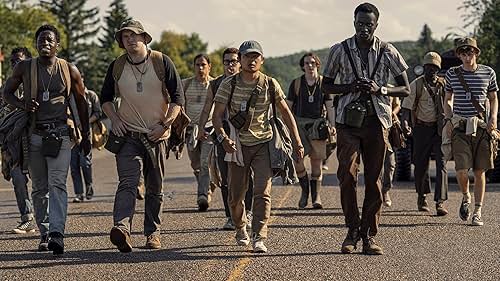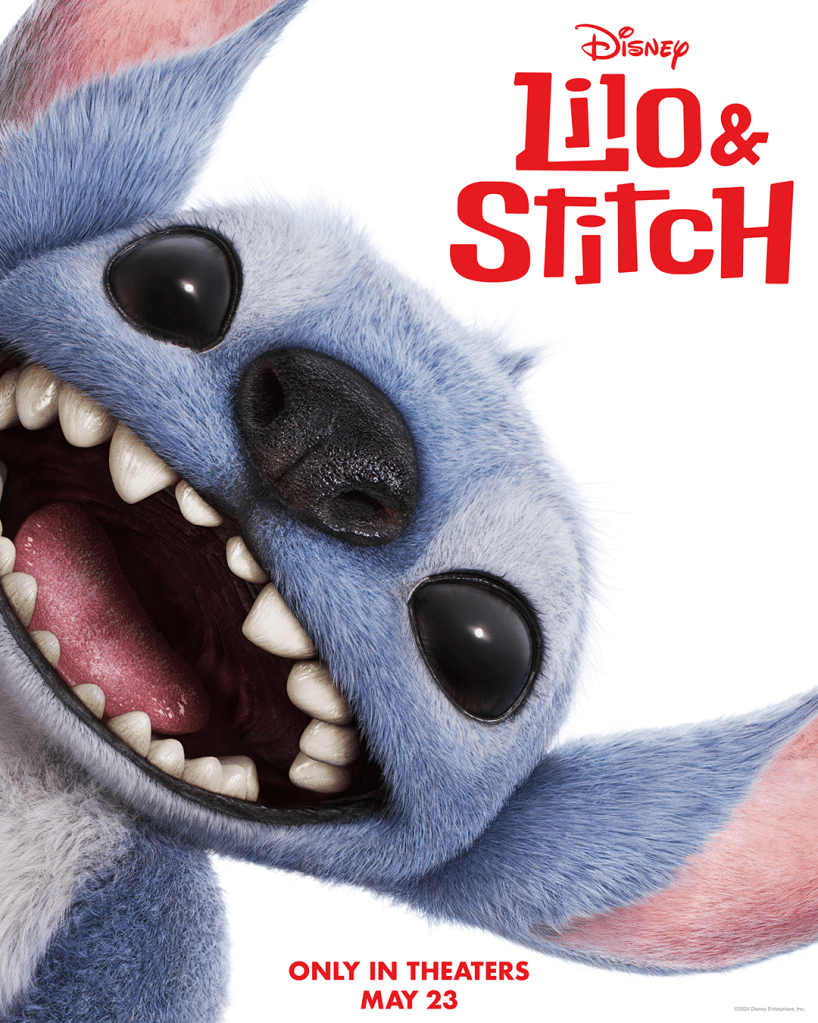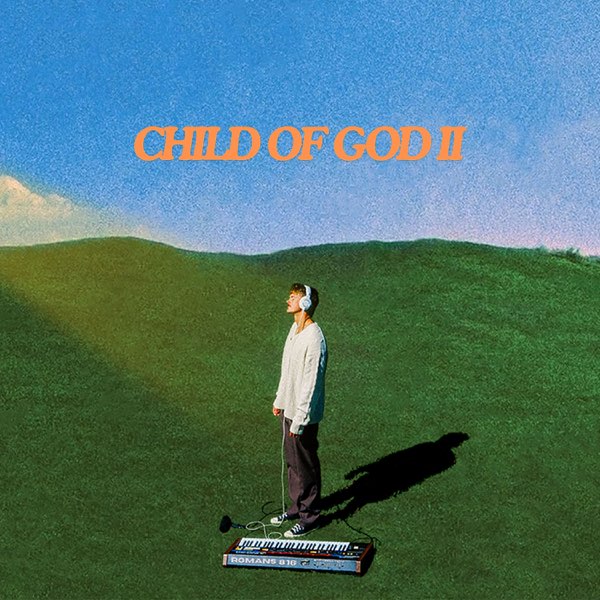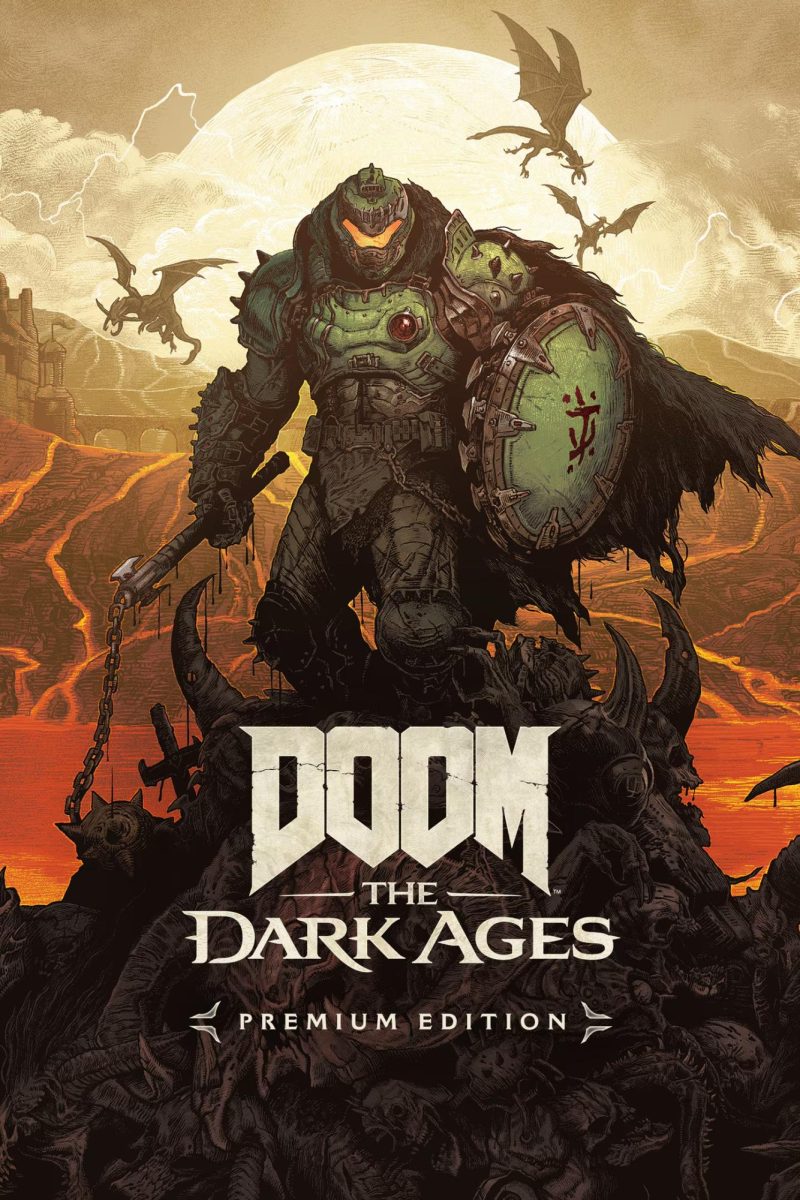Fairy tales have always appealed to me. One of the most-read books of my childhood was a compilation of Grimm’s fairy tales which had the original, less watered-down versions of fairy tales. It contained the un-Disney stories, where Cinderella’s step-sisters cut off portions of their feet in the hope of ensnaring the love of the prince. The common theme of the poor rising in rank to become the kings and queens of the land was an entrancing one.
Therefore, when I first saw the 1991 version of “Into the Woods,” which was the filmed version of the American Playhouse’s live production, I fell in love. The universe of fairy tales truly became a singular world, as the story of “Into the Woods” integrates many well-known fairy tales into the same town and timeline. The comedy of the dialogue is quick and sarcastic, with a little fourth-wall breaking that keeps the audience involved.
“Into the Woods” focuses on the stories of new characters and those that are already well-known and well-loved: there is Cinderella and Jack the Giant Killer who live and work alongside a nameless baker and his wife. Each set of characters has something that they want: love, riches and children. And to get what they want, each set of characters has to go “into the woods” to achieve their goals. The woods have a mysterious, fantastical mood and the effect of bringing the protagonists’ most humane traits of pride and incessant dissatisfaction.
A new movie version of “Into the Woods” came out December 2014 and stars several big-name actors such as Johnny Depp, Anna Kendrick and Meryl Streep. The movie tells the witty and dramatic story pretty well. Of course, there was the issue of the musical being rather long for a proper movie adaption. The second half’s pacing was rushed and the story was wrapped up very quickly in relation to all the time that was devoted in the first half to setting up characters and plotlines.
Additionally, the movie’s characterization of the Big Bad Wolf (who was played by Robert Westenberg in the 1991 recording and Johnny Depp in the 2014 movie) felt disingenuous and creepy. The whiskery facial hair and bushy eyebrows of Depp contrasted greatly with the bulky, snouted mask worn by Westenberg. As a result Depp just seemed like a creepy man with weird facial hair who marauds in the woods singing graphic songs about eating children, such as Little Red Riding Hood. Depp’s anthropomorphic wolf gave off a weird near-pedophilic vibe. And while Depp’s singing skills are good and never cease to impress me, his costume seemed lazy and ruined whatever illusion of the wolf he was supposed to be. Fortunately for the rest of the movie, Depp was on-screen for only a few minutes.
To contrast with Depp’s shoddy image, my favorite costumes of the movie were those of Cinderella’s stepmother and stepsisters (played respectively by Christine Baranski, Tammy Blanchard and Lucy Punch). They are all dressed similarly: heavy makeup, ostentatious hairstyles and ridiculously fashionable dresses that pinch one part of the body and push another; it is clear that they are supposed to be beautiful but their nasty personalities ruin their beauty. The end effect is a grotesque farce that highlights the natural prettiness of Cinderella (Anna Kendrick). Regardless of appearance, each actor plays their part convincingly and has a good voice to carry a role in the musical.
The musical aspect of “Into the Woods” may alienate members of the audience who do not particularly like singing and dancing but I think that it adds to the story. While many more “realistic” films are also musicals, unnaturalness of characters singing together and dancing perfect choreography helps establish the setting as an other-worldly universe.
The original story of “Into the Woods” is a wonderful anthology tale and the 2014 movie version carries the story’s legacy well. The drama of the special effects are something that cannot be done in live-action productions but were not overdone in the movie. Rather, the creative liberties that were taken result in dramatic representations of magic that are more serious than silly. And while the movie cuts some scenes, no major plot points or the signature snark of the play are lost. As a life-long lover of “Into the Woods,” the movie was no disappointment; it was just as fun to watch as watching the play.






